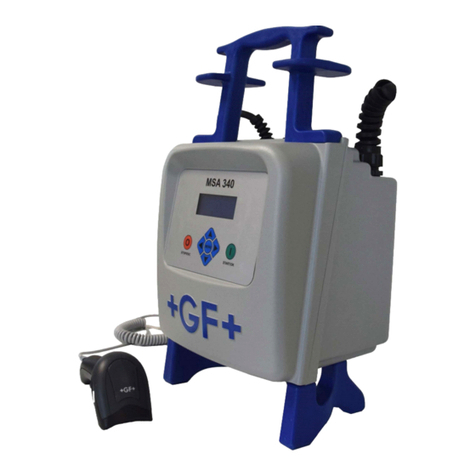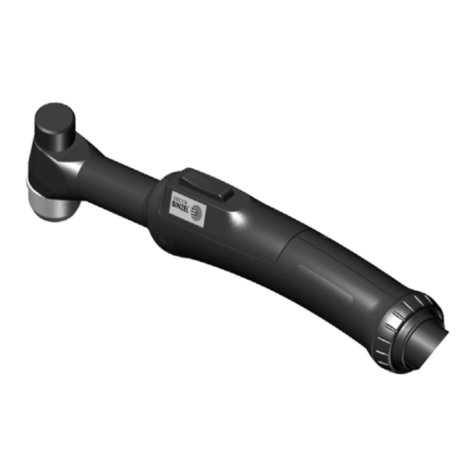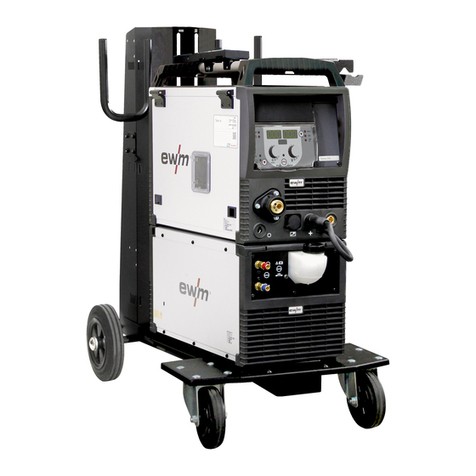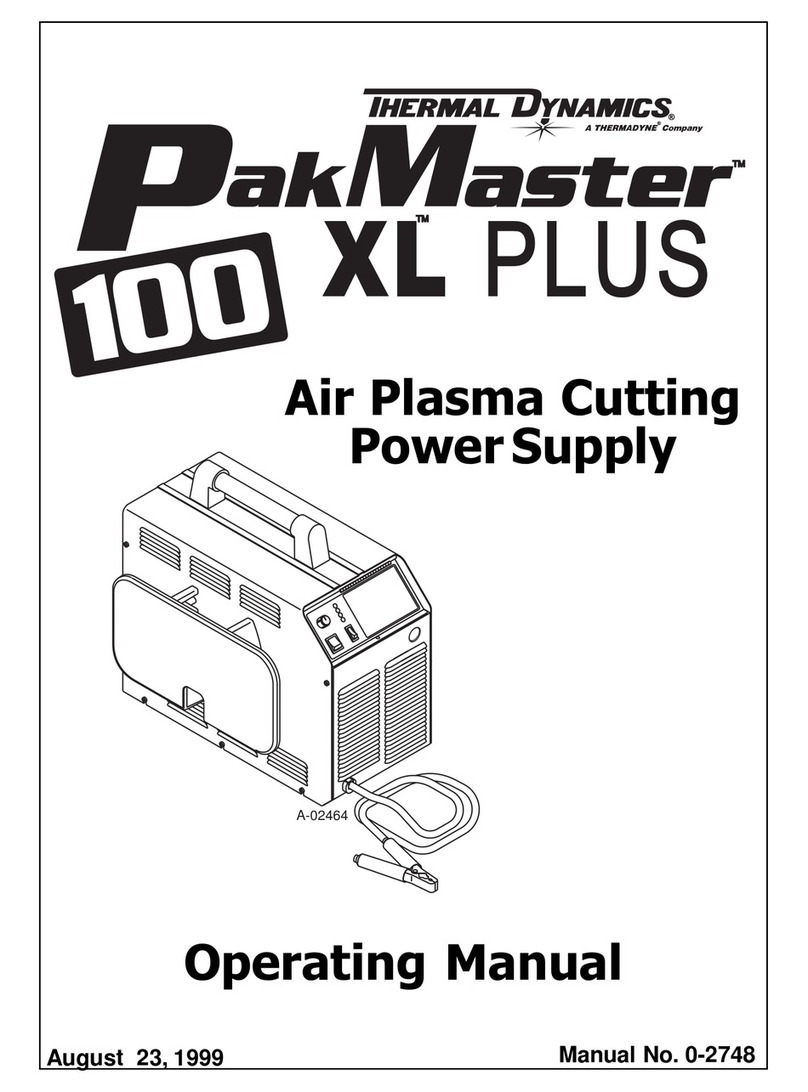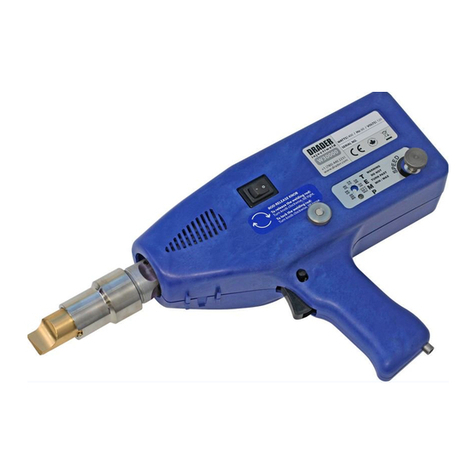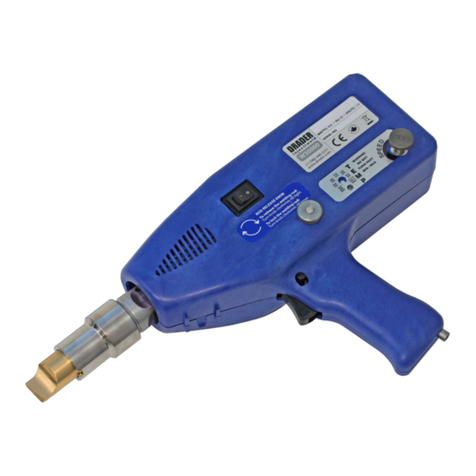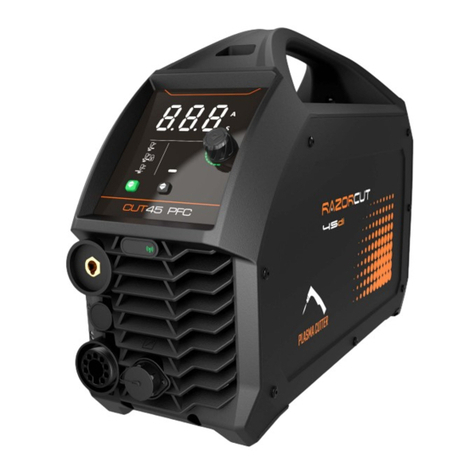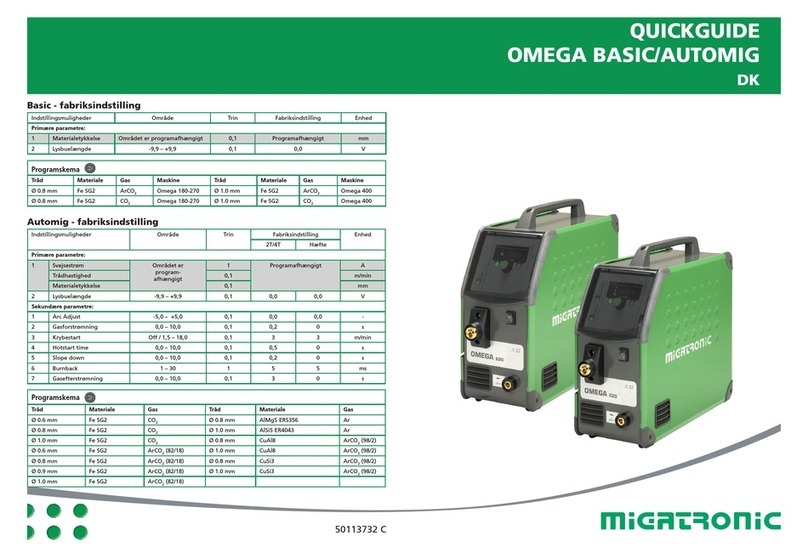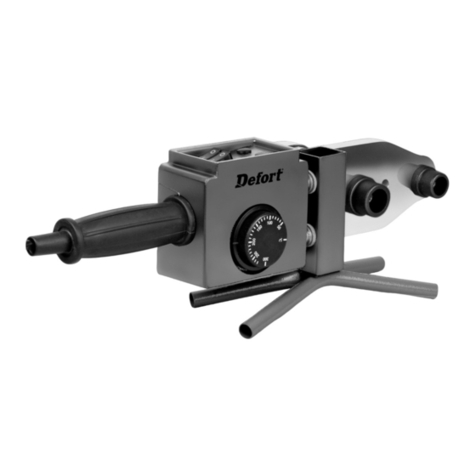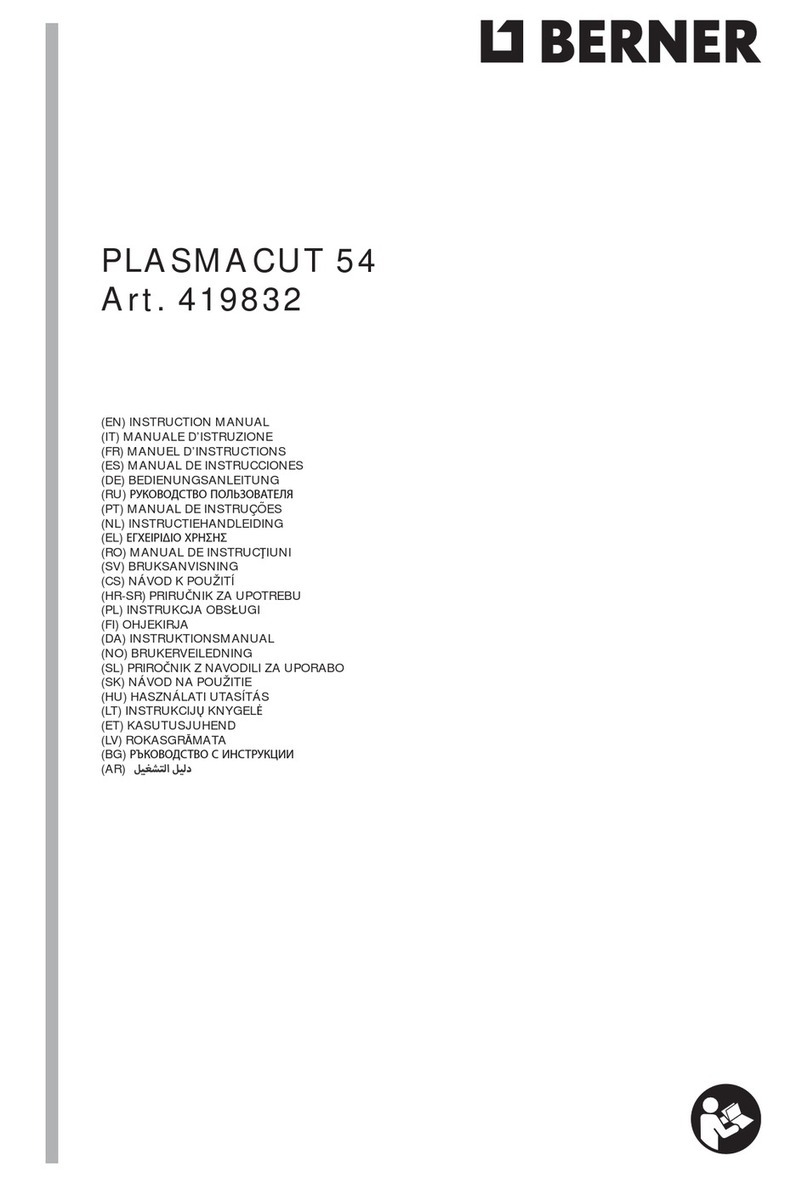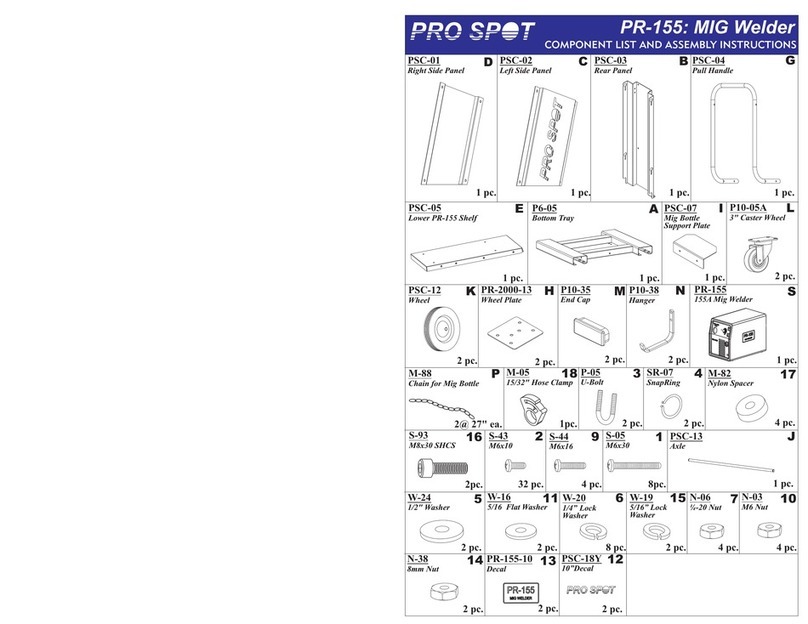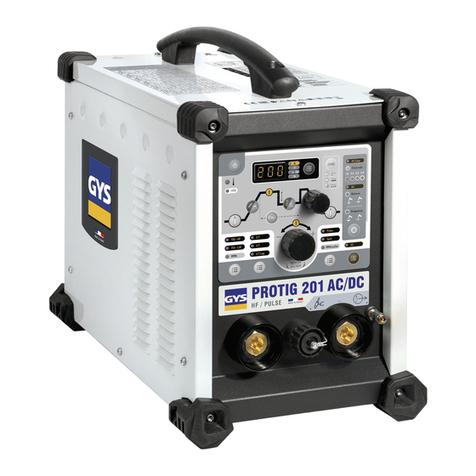Pg. 2
1. Read these instructions - protect yourself and others ........................................ 3
2. General Information............................................................................................ 3
Symbols used throughout this manual ............................................................... 3
3. Safety ................................................................................................................. 4
4. New Welder Details ............................................................................................ 5
Technical Data.................................................................................................... 5
5. Parts and Service ............................................................................................... 5
6. Operating Instructions ........................................................................................ 6
Unpack the welder and inspect the contents...................................................... 6
The heated barrel and tip system ....................................................................... 7
Welding tip selection........................................................................................... 7
Changing tips – The welder should be hot, but turned off. ................................. 8
Connect the air supply........................................................................................ 9
Plug the welder into an appropriate electrical outlet......................................... 10
Set temperature, then turn the welder on ......................................................... 10
Temperature settings – Drader Injectiweld....................................................... 11
Feed the welding rod into the welder................................................................ 12
Make welds....................................................................................................... 13
7. Proper Welding Techniques – General Considerations ................................... 14
8. Proper Welding Techniques – Drader Injectiweld ............................................ 15
9. Proper Welding Techniques – Drader Injectiweld – Fillet welds....................... 16
10. Proper Welding Techniques – Drader Injectiweld – Butt Welds ....................... 17
11. Daily Maintenance - Injectiweld ........................................................................ 18
12. W30000 Exploded view .................................................................................... 19
13. W30000 Kit – Parts List .................................................................................... 20
W30000 Kit – Parts Not Shown ........................................................................ 22
W30000 – Other Available Tips........................................................................ 22
W30000 – Assemblies...................................................................................... 22
14. RoHS and WEE compliance on Drader Injectiweld Products........................... 23
15. Declaration of Conformity – CE ........................................................................ 24
To ensure safe work practices and correct operation of the
W30000 Injectiweld, the manufacturer strongly recommends
before welding, all operators read this manual.

